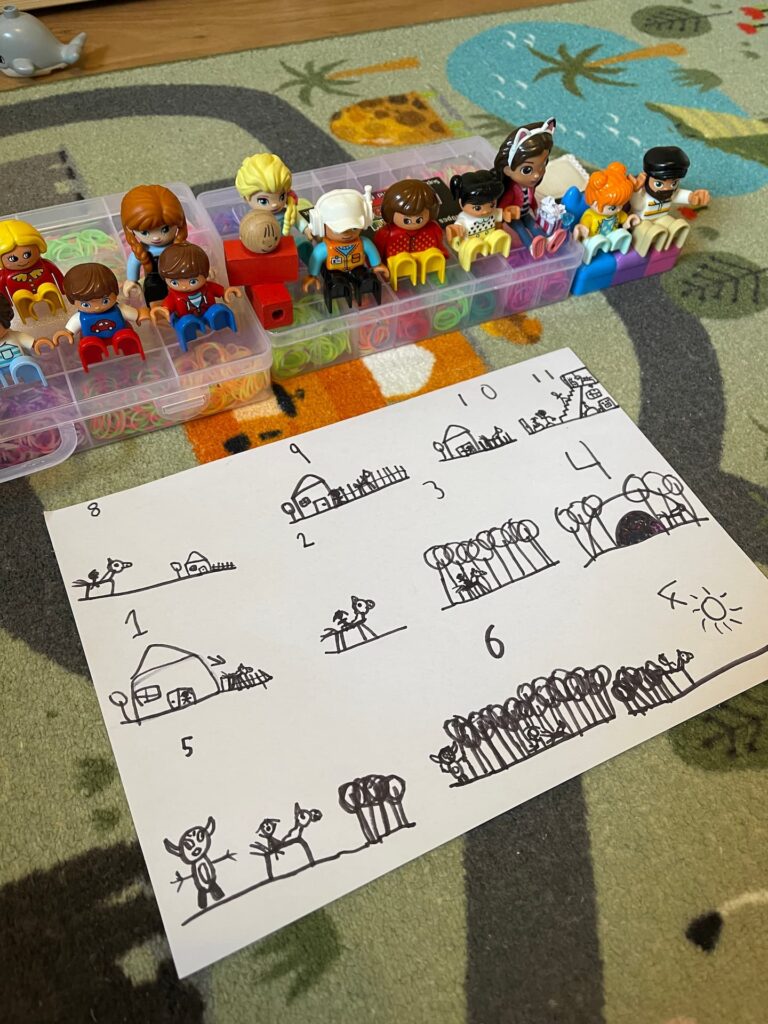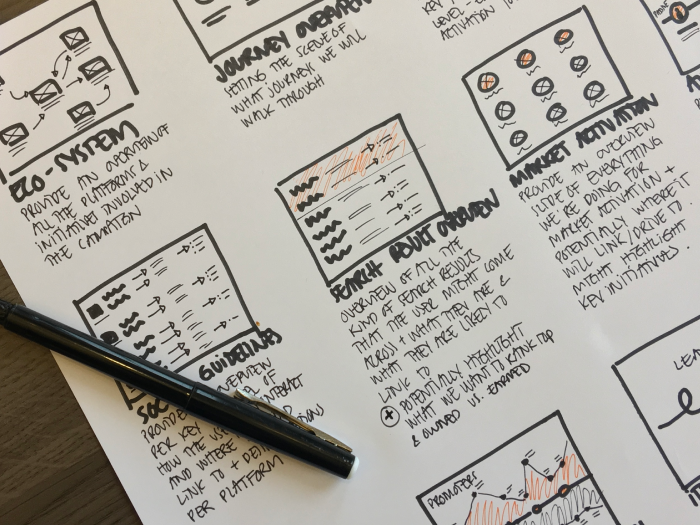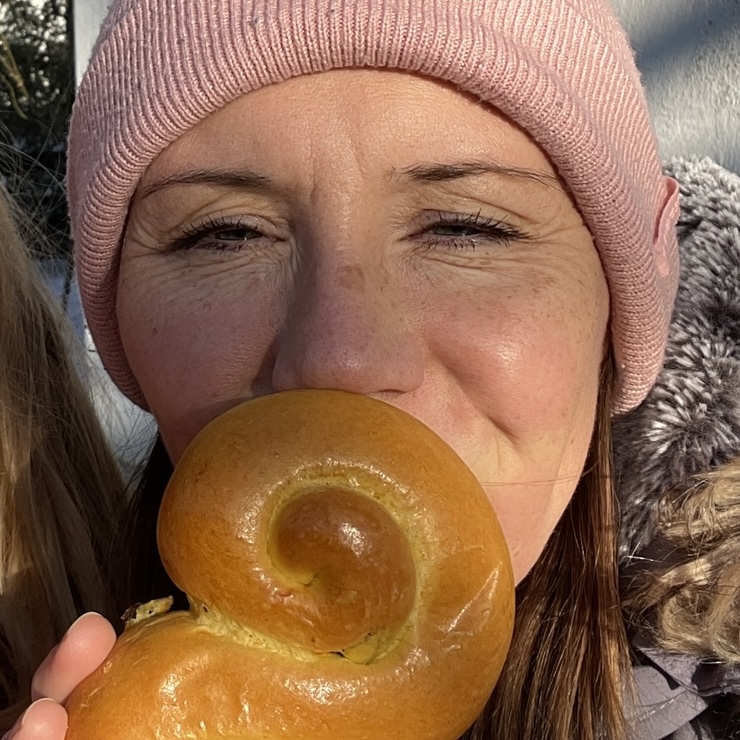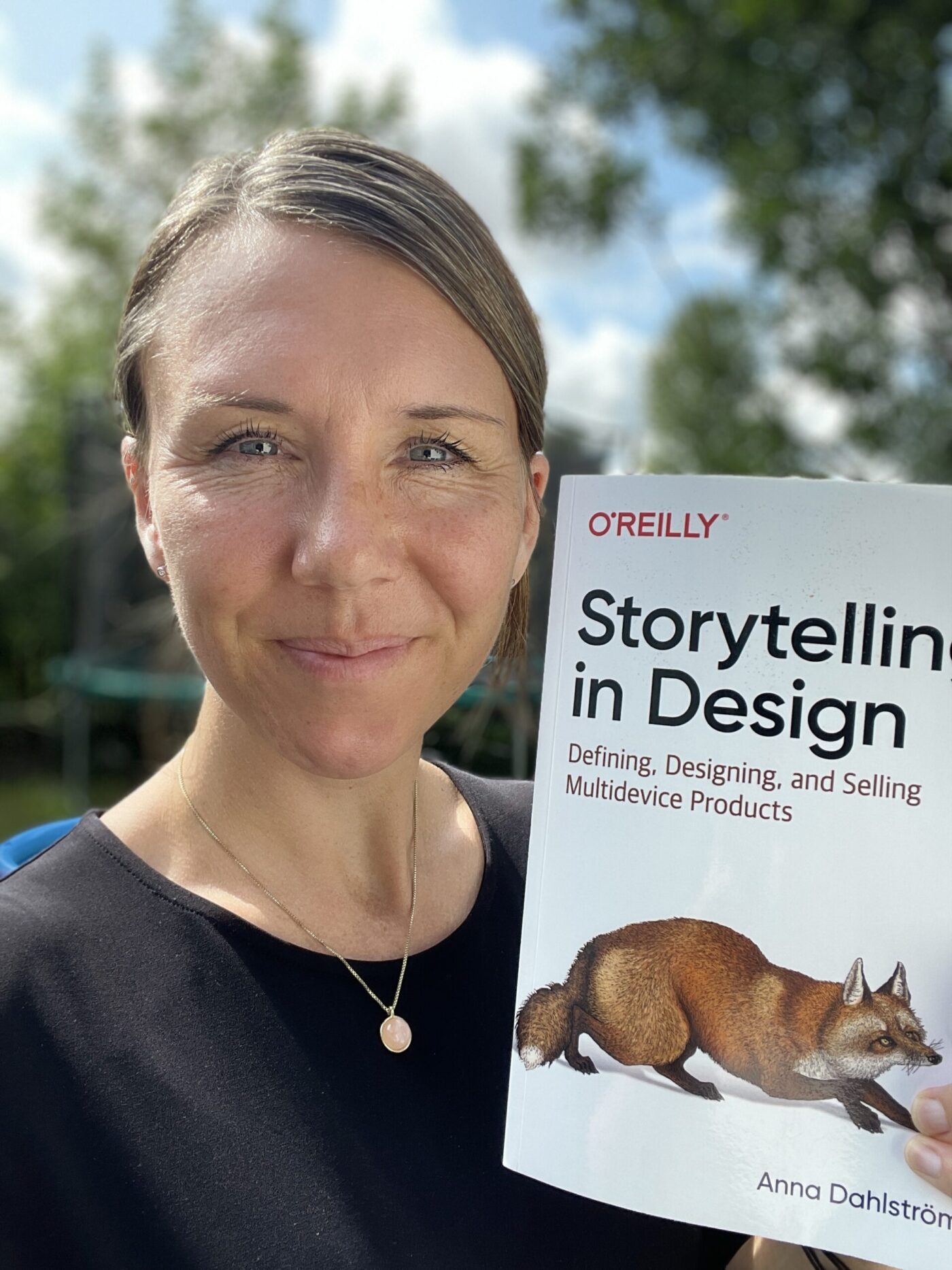Yesterday as we were having a slow morning together as a family for our youngest’s birthday, our eldest showed me a drawing she’d started to make. She was going to put on a show for her figures and had them all lined up on the floor in her bedroom “but” she said, “I don’t know how the show should be so I have to plan it” and that’s why she’d started drawing.
I told her that what she’d just started to draw was a storyboard and though I don’t do storyboards for shows, I do something similar and that I too draw for the exact same reasons – to plan things out.
She continued drawing and the storyboard grew. She couldn’t fit all of it underneath each other and used the space above where she made the first scenes for the final parts of the storyboard. When she talked me through the finished one she laughed and said that lots happen in 11 and even that was just so fitting as that’s often how it is – the storyboard makes you realise there’s more to it and that some changes need to be made. Rather than re-draw the whole thing, she drew three scenes in one under 11 and for what she needed the drawings for, it worked a treat. No need for perfection.
Once she’d finished drawing, she took her storyboard to her room and started setting up the scenes and arranging her potted plants as a forrest.

She’s looked in my Storytelling in Design book many a times and she’s seen me work a lot though we’ve never discussed storyboards. I’m not quite sure where she got the idea to sketch out her show but I’m loving it, not the least that she herself said that she used it to plan things out because that’s exactly the point.
Personally I mostly use storyboards to structure and visualise presentations in the early stages. Or, to plan out what I need to do, why, and how on a given project. I later use that storyboard – like the one below – for taking the rest of the team through my thinking. It works a treat. Particularly when you’re freelancing and come in new to a team which means that they don’t know you, what you can bring, or how you work, and equally, you don’t know anything about them.

However storyboards are used, one key benefit is that the process itself of visualising the “scenes” and putting words against them helps you think things through. And with the story and the main scenes that make up the same visualised, you also get an idea of how things fit together, what you might change/ add/ remove and that makes it a whole lot easier to assess, discuss, and properly plan things out. Just like our eldest pointed out.
~
If you want to learn more about storyboards, let me know as I have two masterclass in the works for the new year when it comes to how to use storyboarding for presentations and also as a strategic tool for planning out “deliverables”.
Anna
x


